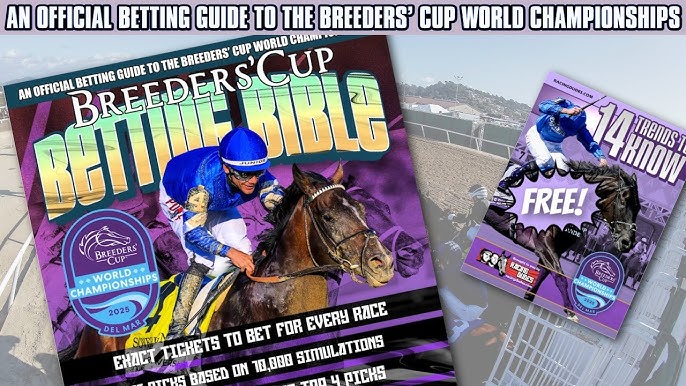Man, I have been locked away for the last three days. Seriously. I promised myself I would share the full breakdown of how I nailed down my Breeders’ Cup World Championships picks this year, and let me tell you, it was a grind. This isn’t just about picking the fastest horse; it’s about digging through layers of crap to find that one runner everyone else is overlooking, the one that’s going to pay for my new truck.

The Prep Work: Drowning Myself in Past Performances
I started this practice by dumping every piece of data I could find into a spreadsheet. Forget those glossy preview magazines. They just recycle the same five favorites. I needed the real stuff. I went straight to the Past Performances (PPs), the official records showing how every horse ran in every race leading up to this. But PPs alone are boring. They don’t tell the whole story.
My first action was to isolate the variables that always mess up the big races. We’re talking about the track surface, the distance changes, and especially the “shipping” factor—how far these horses had to travel to get to the host track. You see a European horse that runs great on a soft turf course back home, and then they ship them halfway across the world to a rock-hard American track. Forget it. They are instantly eliminated from my top tier.
I must have gone through maybe fifty PPs per race, focusing only on the Championship races: the Classic, the Mile, and the Turf. I actually sat there drawing little trend lines on printouts because looking at a screen for 16 hours straight makes your eyes bleed. I wasn’t just looking at wins; I was looking at things like “trouble at the start” or “wide trip,” which means the horse ran farther than everyone else and still finished strong. That tells you something about its heart.
The Filter: Identifying the True Contenders
After I hammered out the initial elimination list, the real filtering started. I always use a three-point checklist to shave the field down to just three or four true contenders per race. This is where most people quit because it requires tracking human behavior, not just animal speed.
- Trainer Form: Who is hot right now? Who has a history of shipping a horse into the BC and having them run their lifetime best? I checked their last 30 days of races. If a famous trainer is running cold and hasn’t had a win in two weeks, their expensive BC runner might be underprepared. I crossed them off.
- The Speed Figure Bump: I don’t use the overly complex stuff, but I do look for a pattern where a horse has been slowly improving its speed ratings over its last three races, peaking just in time for the BC. A horse that ran its career best last month is already on the decline. That’s a trap.
- Jockey Confidence: This is my secret sauce. I spent an hour just watching replays of the jockeys I liked. Are they aggressively riding? Are they making smart decisions coming out of the gate? When a jockey is winning everything, they ride with ice in their veins, and that carries a horse across the line.
This whole process turned three days into a blur. I skipped dinner one night and my wife was giving me the side-eye, asking if I was preparing for a war. Yeah, baby, a financial war. Every bettor knows that feeling—you are so deep into the data that the horses become real characters in your head.

The Final Picks and Why I Bothered with the Effort
For the Classic, everyone is talking about the favorite, but I landed hard on a mid-price runner who had that perfect setup: rested, improving speed figures, and a jockey who just clinched a huge stake race last week. The prep races were just camouflage for this runner. He’s my big score.
Why do I put this much effort into what most people consider a lottery? It comes down to one absolutely brutal day about ten years ago. I was just starting out, thought I knew everything, and I had a decent chunk of change riding on a single horse in the Breeders’ Cup Turf. It was a sure thing, according to all the experts. The horse stumbled badly right out of the gate, got stuck in traffic, and finished seventh. I lost damn near every cent I had saved up for a new motorcycle.
I felt sick. I was embarrassed. But instead of walking away, I decided right then that if I was going to gamble, I would treat it like a full-time job. I vowed never again to lose money based on someone else’s lazy opinion. I went out and bought every book on handicapping I could find, and I started building this system, treating the PPs like sacred texts. I learned how to identify the subtle signs of decline and the hidden signs of potential. That devastating loss turned me into the data monster I am today.
So when I give you these picks, know that they aren’t guesses. They are the result of three days of total isolation and ten years of bitter experience teaching me exactly where to look. I built this road map out of pain, and now it’s time to cash the ticket.
